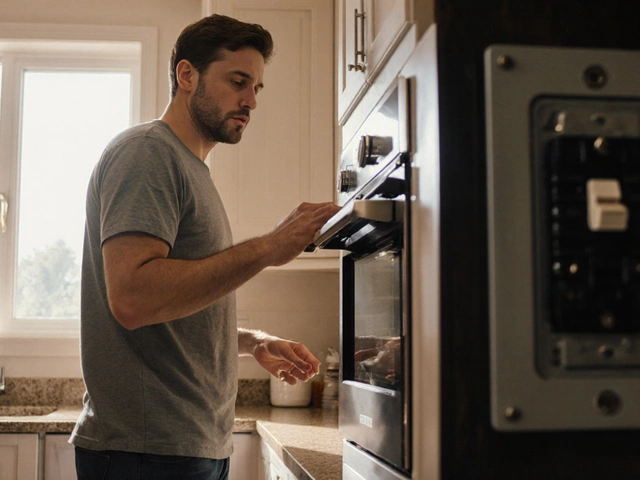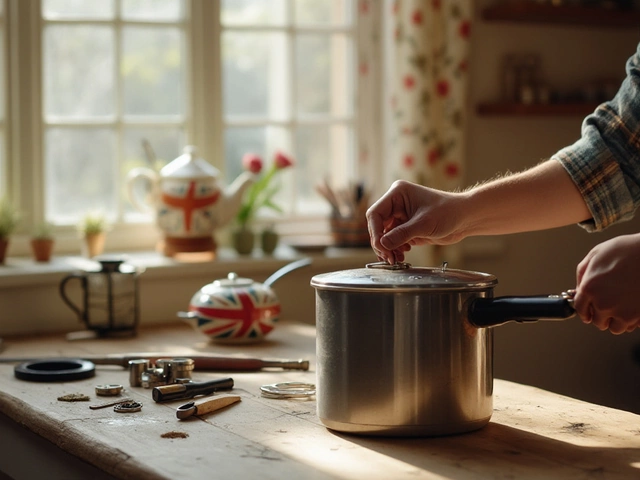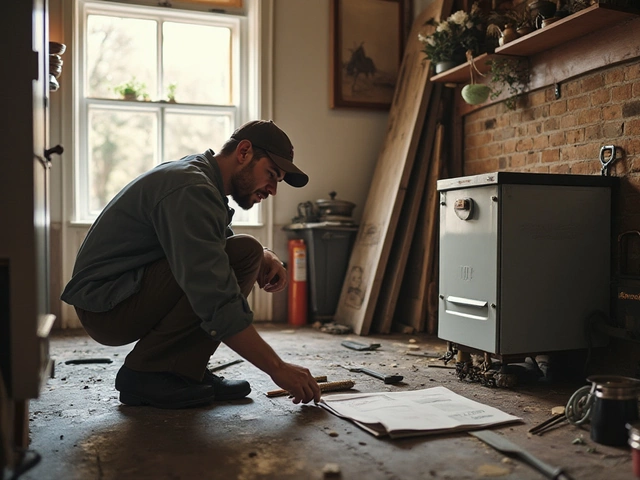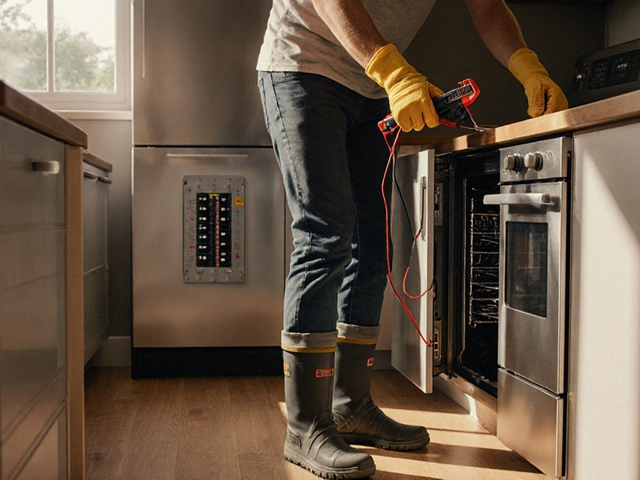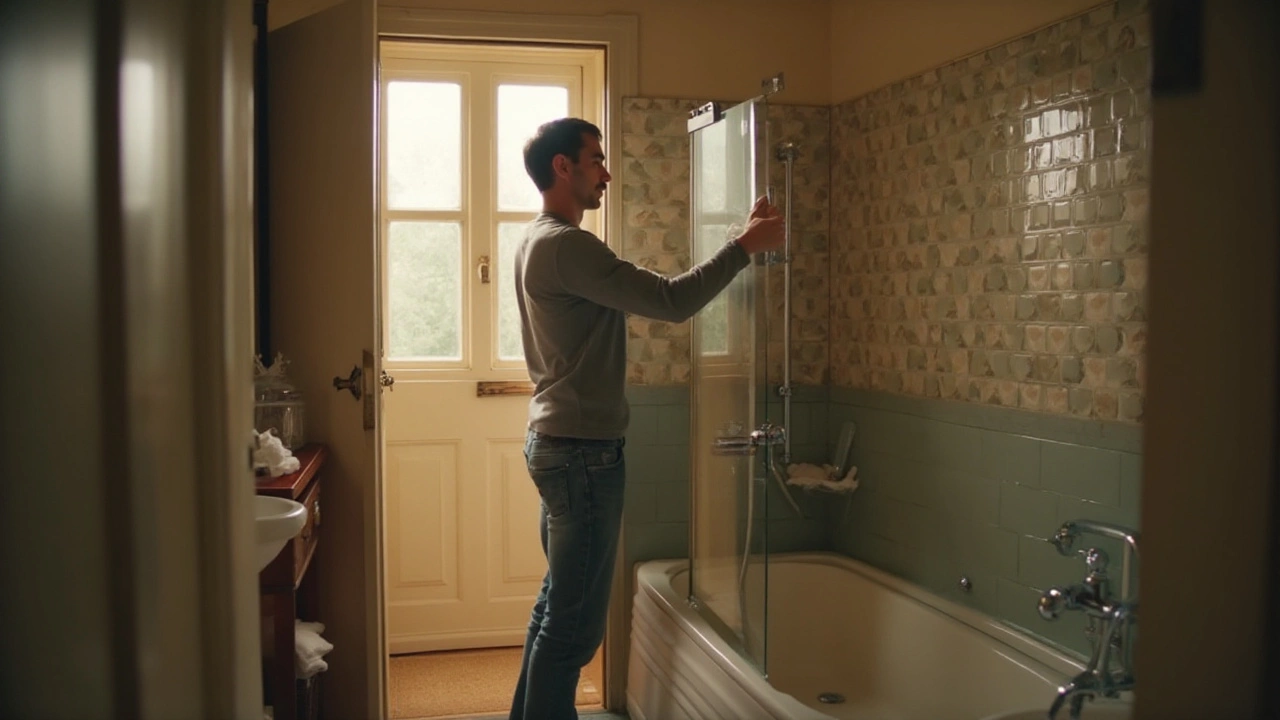Shower Repair Tips You Can Use Today
If your shower is leaking, dripping, or making odd noises, you don’t have to panic. Most problems are simple enough to handle with a few tools and a bit of patience. In this guide we’ll walk through the most common shower issues, show you easy fixes, and tell you exactly when it’s time to call a qualified plumber.
Identify the Problem Fast
The first step is to figure out what’s wrong. Look for these tell‑tale signs:
- Water pooling on the floor. This usually means a seal or grout has failed.
- Dripping from the faucet. A worn washer or cartridge is the usual culprit.
- Low water pressure. Check the showerhead for mineral buildup.
- Strange noises. Humming can be a loose valve; rattling might be a loose pipe.
Write down what you see before you start any work. That way you won’t waste time on the wrong fix.
Simple Fixes You Can Do Yourself
1. Fix a Leaking Faucet
Turn off the water supply at the valve behind the shower. Remove the faucet handle – usually a screw under a decorative cap. Take out the cartridge or washer, replace it with a new one from your local hardware store, and reassemble. Turn the water back on and test. Most leaks stop after this quick swap.
2. Unclog a Showerhead
Unscrew the showerhead and soak it in white vinegar for an hour. Scrub away any remaining mineral deposits with an old toothbrush, rinse, and screw it back on. You’ll notice stronger pressure right away.
3. Repair Cracked Grout or Seal
Dry the area, then apply a fresh layer of bathroom sealant or grout. Use a caulking gun for the sealant and smooth it with a finger dipped in water. Let it cure for at least 24 hours before using the shower.
4. Tighten Loose Pipes
If you hear rattling, locate the access panel (usually behind the wall or under a tile). Use a wrench to tighten any loose fittings. Beware of overtightening – you don’t want to crack the pipe.
These fixes cover about 80% of everyday shower issues. Keep a small toolbox with a wrench, screwdriver, pliers, and a caulking gun handy; you’ll be ready for most minor problems.
When to Call a Professional
If you’ve tried the above steps and the shower still leaks, drips, or has low pressure, it’s time to get a pro involved. Also call a plumber if you notice any of these red flags:
- Water damage on the ceiling below the bathroom.
- Continuous mold or mildew despite cleaning.
- Corroded pipes – you’ll see rust or green staining.
- You’re dealing with the main water line or need to replace a valve inside the wall.
Professional repair ensures the job is done safely and prevents future headaches. At Rugby Appliance Repair Services we’ve helped dozens of homeowners fix shower issues fast, and we can do the same for you.
Bottom line: start by spotting the symptom, try a quick DIY fix, and don’t hesitate to call a plumber when the problem is bigger than a washer or seal. With a little know‑how you’ll keep your shower working smoothly and avoid costly water damage.
